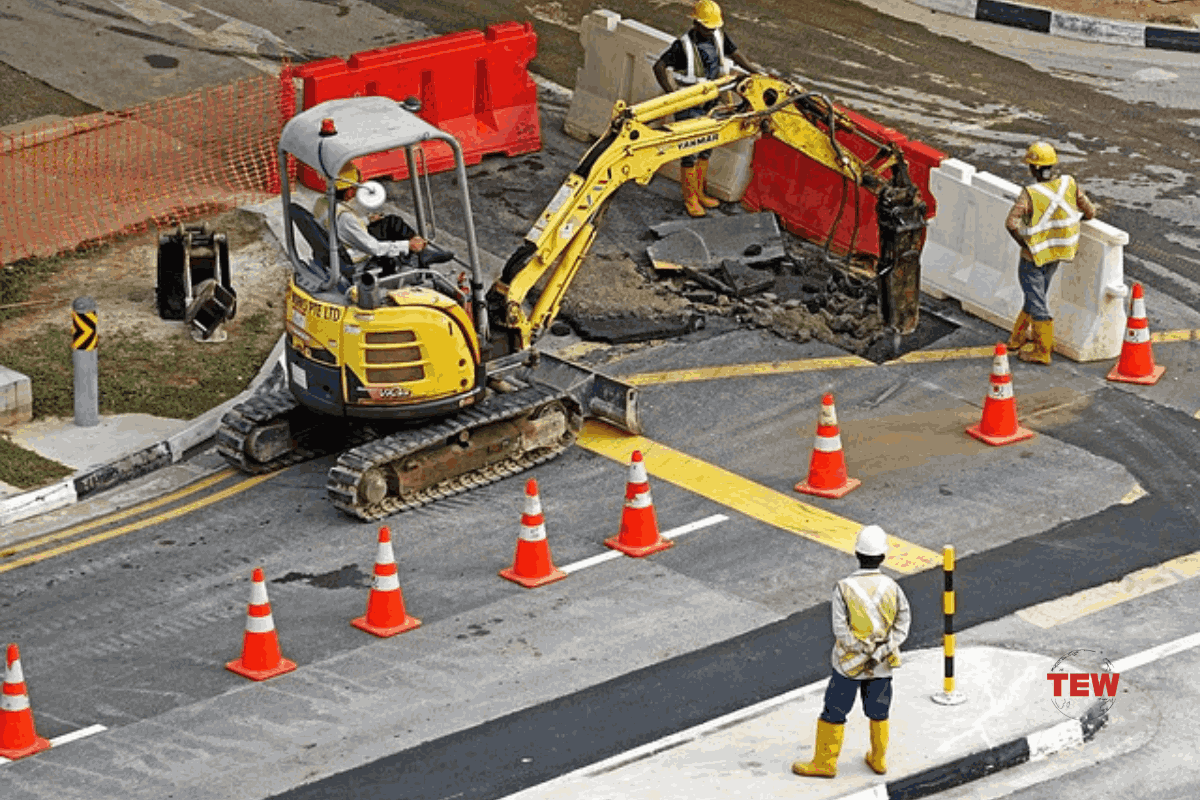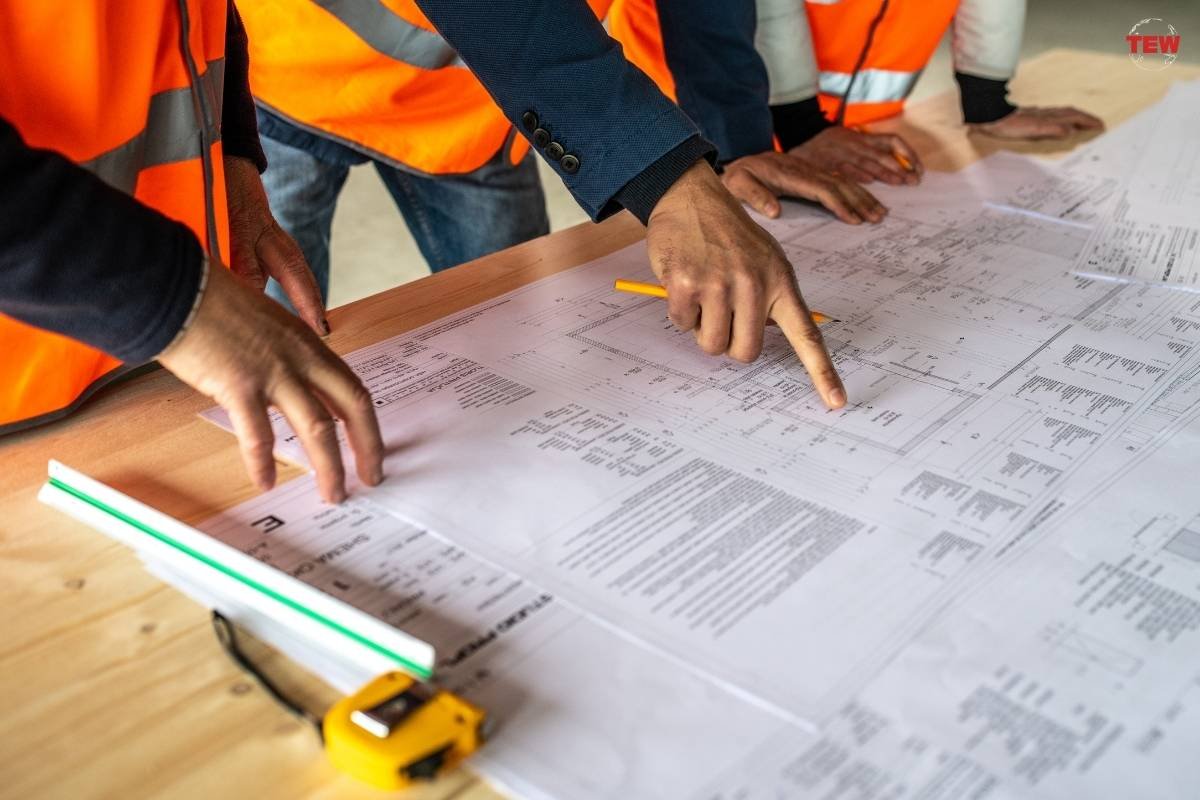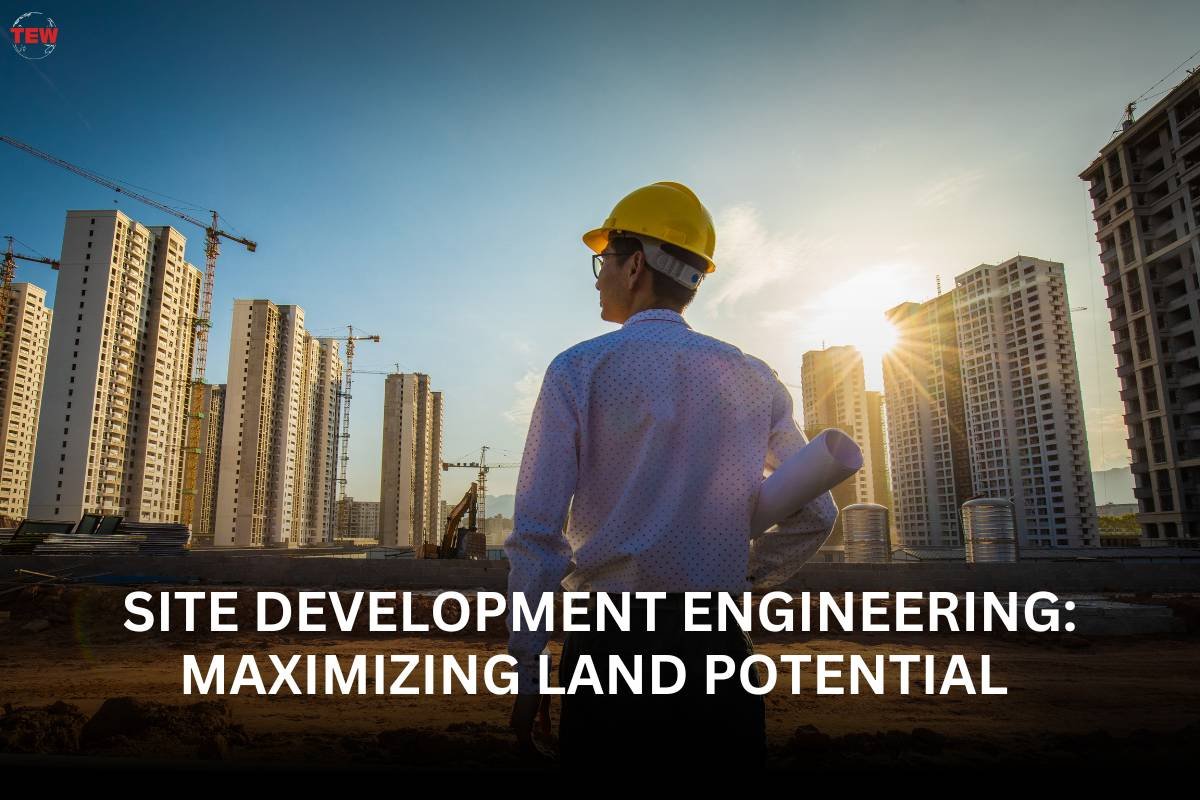Land is a finite resource, and as populations grow and urban areas expand, the need to utilize it effectively becomes paramount. Site development engineering plays a crucial role in this endeavor, transforming raw land into functional, sustainable, and valuable spaces. By carefully analyzing a site’s unique characteristics and applying innovative engineering solutions, professionals in this field can unlock the full potential of any piece of land. Barge Design Solutions Nashville, a leader in engineering design services, has a proven track record of optimizing land use for various projects, from residential developments to industrial complexes and public infrastructure.
Understanding Site Development Engineering
Site development engineering is a multifaceted discipline that draws upon a diverse range of expertise, including civil engineering, geotechnical engineering, environmental engineering, and surveying. It is a holistic approach to land development that begins with a meticulous and comprehensive assessment of the site. This assessment involves a thorough examination of various factors that can significantly impact the success and sustainability of any development project. Engineers carefully analyze the topography of the land, studying its contours, slopes, and elevations to determine the most suitable locations for buildings, roads, and other infrastructure. They also delve into the soil conditions, evaluating its composition, bearing capacity, and drainage properties to ensure the stability and longevity of the structures that will be built.

Additionally, environmental regulations have a strong influence on development engineering. Engineers must identify any environmentally sensitive areas, such as wetlands or habitats of endangered species, that require protection. They must also consider factors like stormwater runoff, erosion control, and potential contamination to mitigate any adverse environmental impacts. Zoning requirements also come into play, as engineers must ensure that their plans comply with local regulations governing land use and development.
By gaining a deep understanding of these diverse variables, engineers can develop comprehensive site plans that not only maximize the land’s potential for development but also minimize any negative environmental consequences and adhere to all applicable regulations. This integrated approach is essential for creating sustainable and successful projects that benefit both the developers and the surrounding community.
The Importance of Site Analysis
1. Evaluating Topography
The topography of a site, which refers to its surface features like elevation, slope, and contours, is a critical factor in site development. Engineers analyze the topography to determine the most suitable locations for buildings, roads, utilities, and other infrastructure. By strategically placing these elements, they can minimize the need for extensive grading and earthwork, which can be costly and disruptive to the environment.
2. Assessing Soil Conditions
Understanding the soil conditions on a site is essential for ensuring the stability and longevity of any development. Geotechnical engineers conduct soil tests to assess its bearing capacity, composition, and drainage properties. This information guides the design of foundations, retaining walls, and other structures, ensuring they are built on solid ground and can withstand the test of time.
3. Identifying Environmental Constraints
Environmental regulations play a significant role in site development. Engineers must identify any wetlands, endangered species habitats, or other sensitive areas that need to be protected. They must also consider factors like stormwater runoff, erosion control, and potential contamination. By incorporating environmental considerations into the design process, engineers can minimize the impact of development on the surrounding ecosystem.
Engineering Design Solutions: Optimizing Land Use

1. Grading and Drainage Plans
Grading and drainage plans are essential components of site development. They involve shaping the land to create proper slopes for drainage and prevent erosion. Engineers design systems to collect and manage stormwater runoff, ensuring it is directed away from buildings and other structures. Effective grading and drainage design not only protects the site from water damage but also helps maintain the integrity of the surrounding environment.
2. Utility Design
The design and placement of utilities, such as water, sewer, gas, and electricity, are critical aspects of site development. Engineers work closely with utility providers to determine the most efficient and cost-effective way to connect the site to existing infrastructure. They also consider future needs, ensuring that the utility systems have sufficient capacity to accommodate potential growth and development.
3. Roadway and Parking Design
Roadway and parking design is crucial for ensuring safe and efficient access to a site. Engineers consider factors like traffic flow, parking demand, and pedestrian safety when designing roads, sidewalks, and parking lots. They also strive to integrate these elements seamlessly into the overall site plan, creating a cohesive and functional environment.
4. Sustainability in Site Development
Low impact development (LID) practices are becoming increasingly important in site development. LID aims to minimize the environmental impact of development by mimicking natural processes. This can include using permeable pavements to allow rainwater to infiltrate the ground, planting native vegetation to reduce stormwater runoff, and creating green spaces to enhance air quality and biodiversity.

Integrating renewable energy sources, such as solar panels or wind turbines, into site development can significantly reduce a project’s carbon footprint and operating costs. Engineers can assess the site’s potential for renewable energy generation and design systems that seamlessly integrate with the existing infrastructure. This not only benefits the environment but also enhances the marketability and value of the development.
The Role of Barge Design Solutions, Inc.
Barge Design Solutions Inc. is a leading provider of engineering design services. With a team of experienced engineers and a commitment to innovation, Barge Design Solutions has a proven track record of delivering projects that maximize land potential while minimizing environmental impact.
Whether it’s a small residential development or a large-scale industrial complex, Barge Design Solutions takes a comprehensive approach to site development. They work closely with clients to understand their unique needs and goals, then develop customized solutions that optimize land use, enhance sustainability, and create value.
Conclusion
In the ever-evolving landscape of land development, site development engineering plays a pivotal role in unlocking the full potential of land. By analyzing site characteristics, applying cutting-edge engineering solutions, and embracing sustainable practices, engineers can transform raw land into functional, efficient, and environmentally responsible spaces. Firms like Barge Design Solutions, Inc. are at the forefront of this field, providing comprehensive engineering design services that maximize land potential and deliver lasting value.
Their expertise in navigating complex regulatory frameworks, incorporating sustainable design principles, and optimizing land use ensures that projects not only meet the needs of today but also anticipate the demands of the future. As the world faces increasing pressure to utilize land resources wisely, site development engineering emerges as a vital discipline that shapes the way we interact with our environment, creating spaces that are both functional and harmonious with the natural world. By investing in thoughtful and innovative site development engineering, we can build a more sustainable, resilient, and prosperous future for generations to come.





